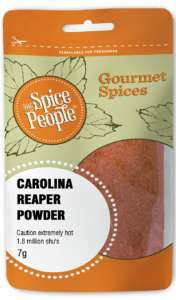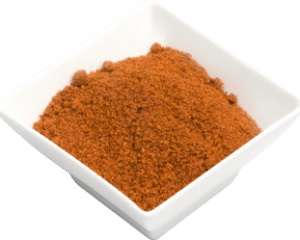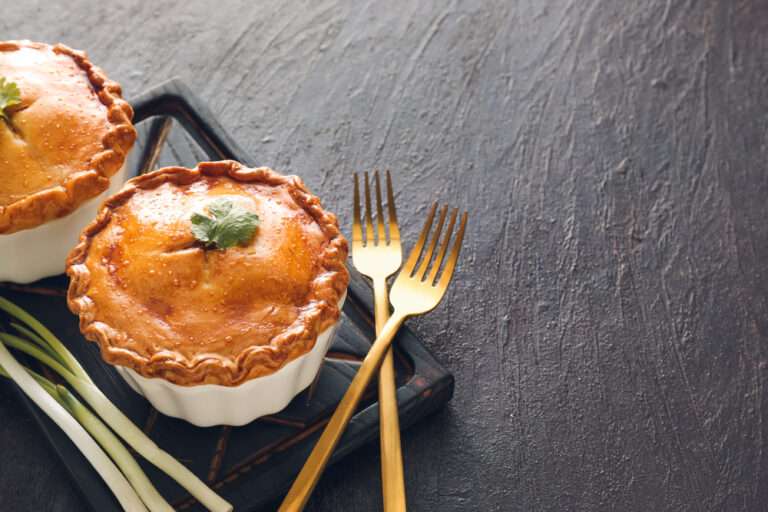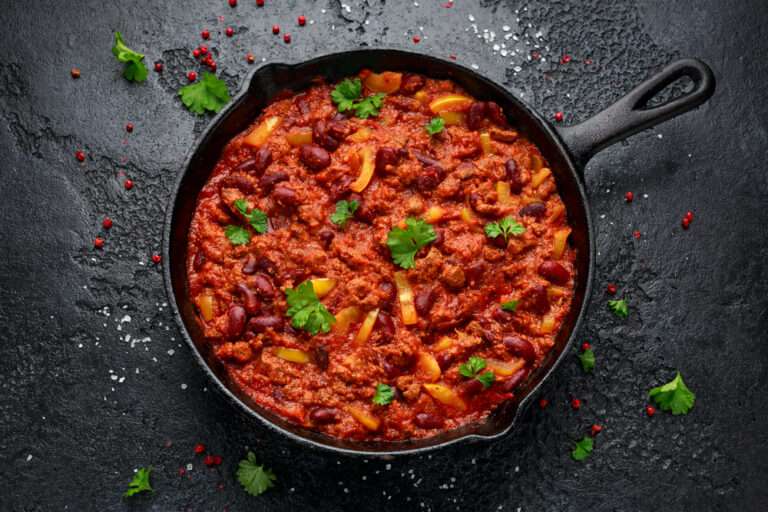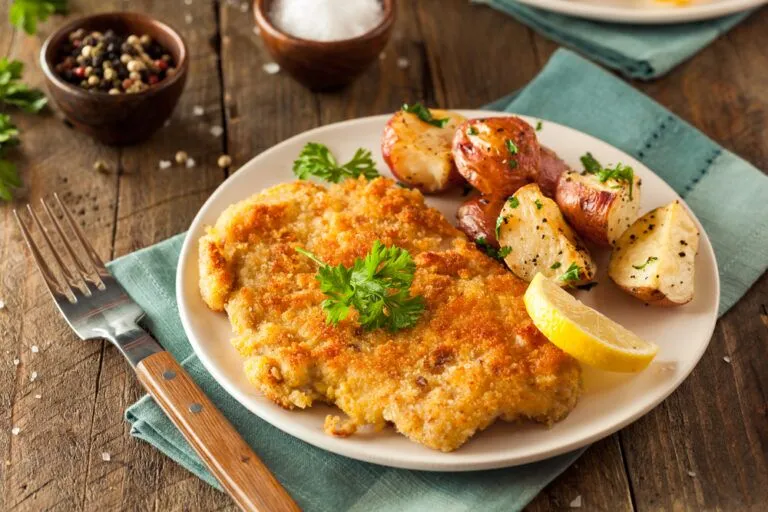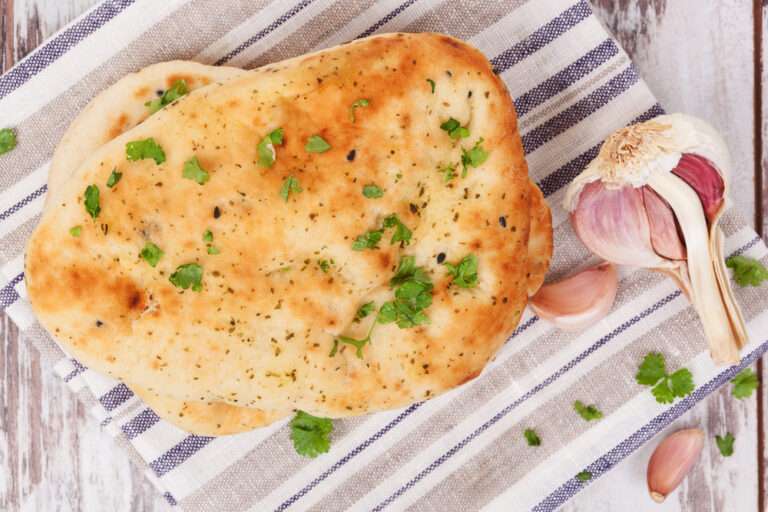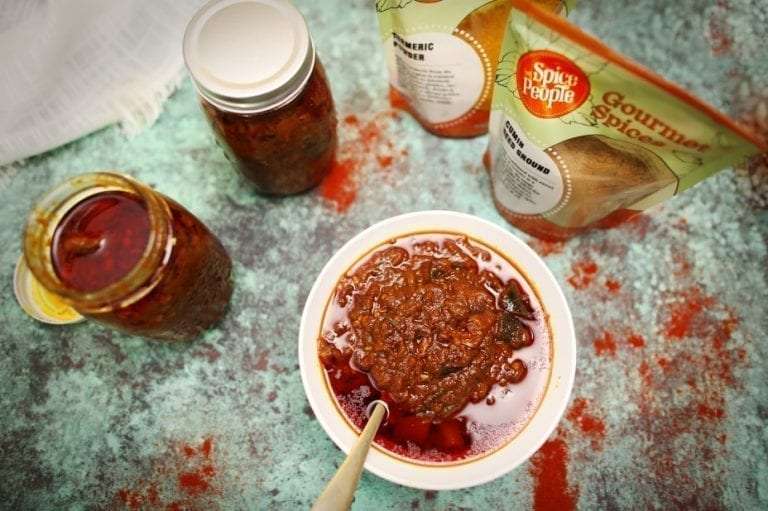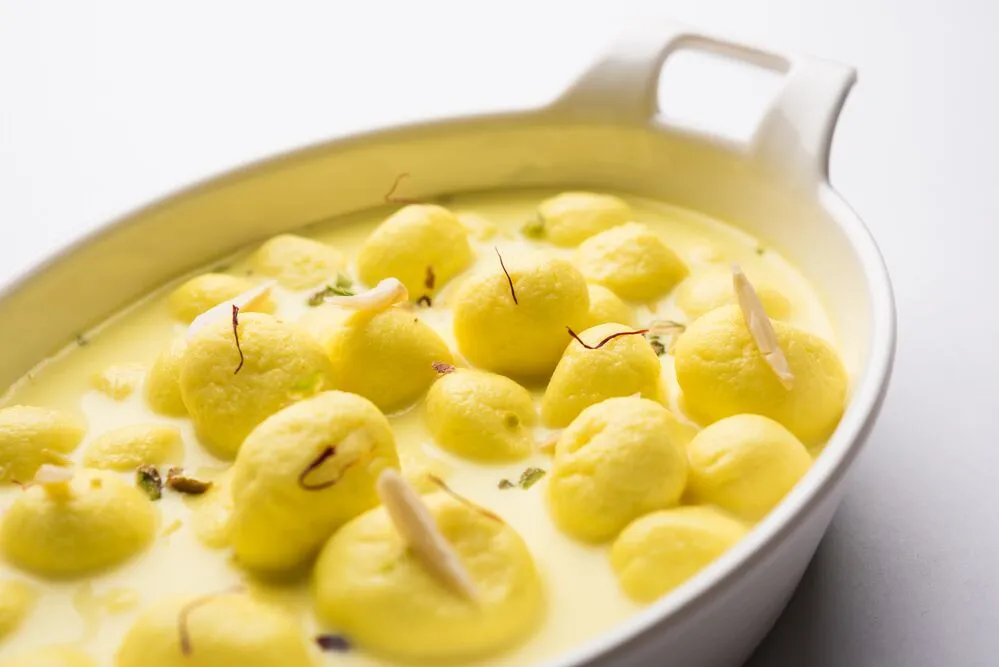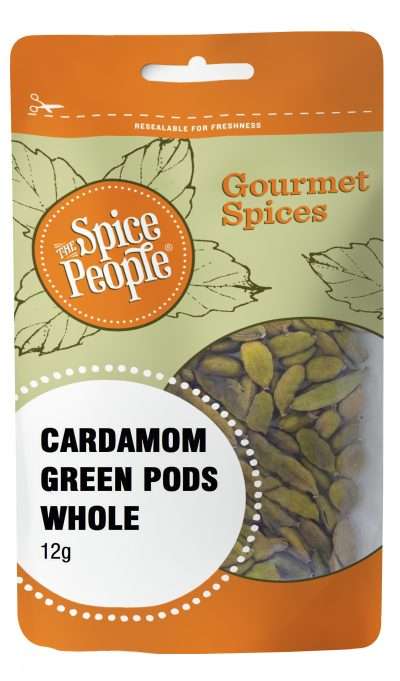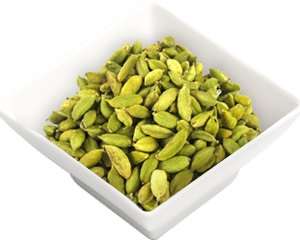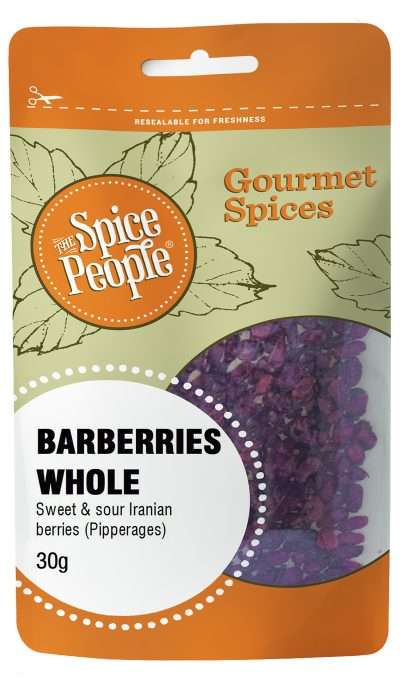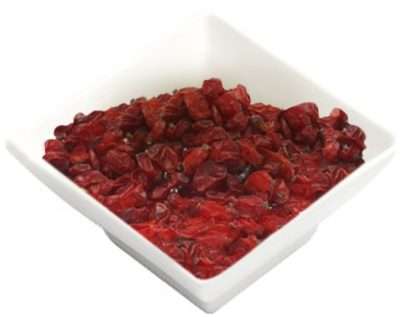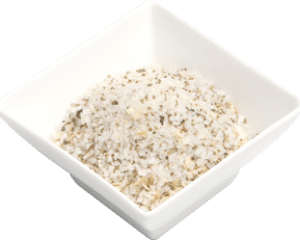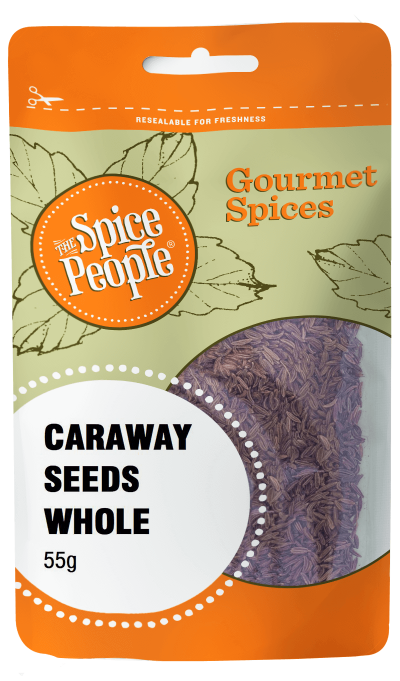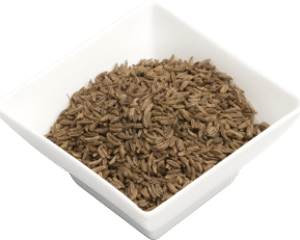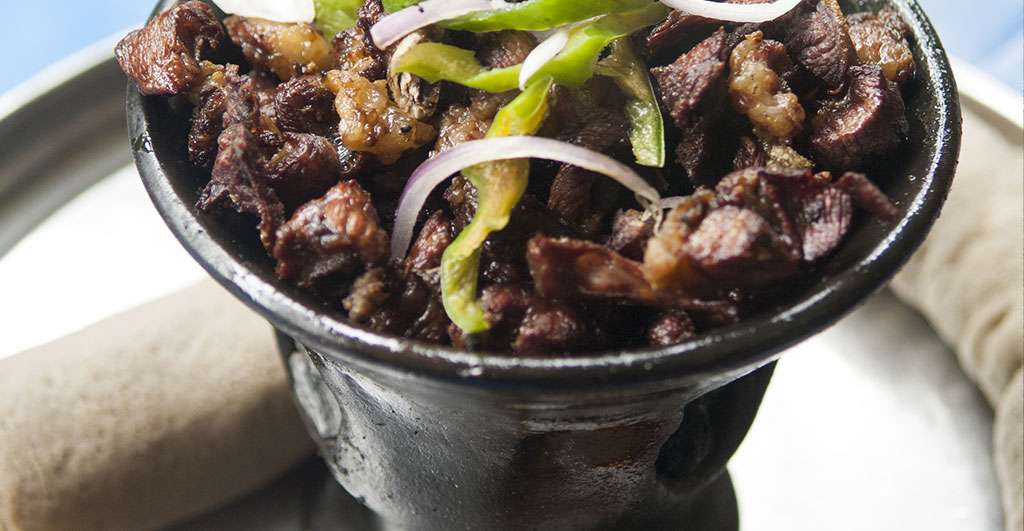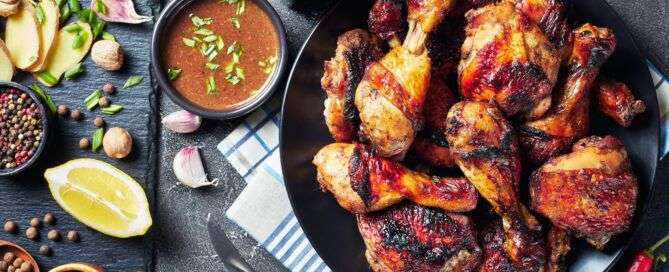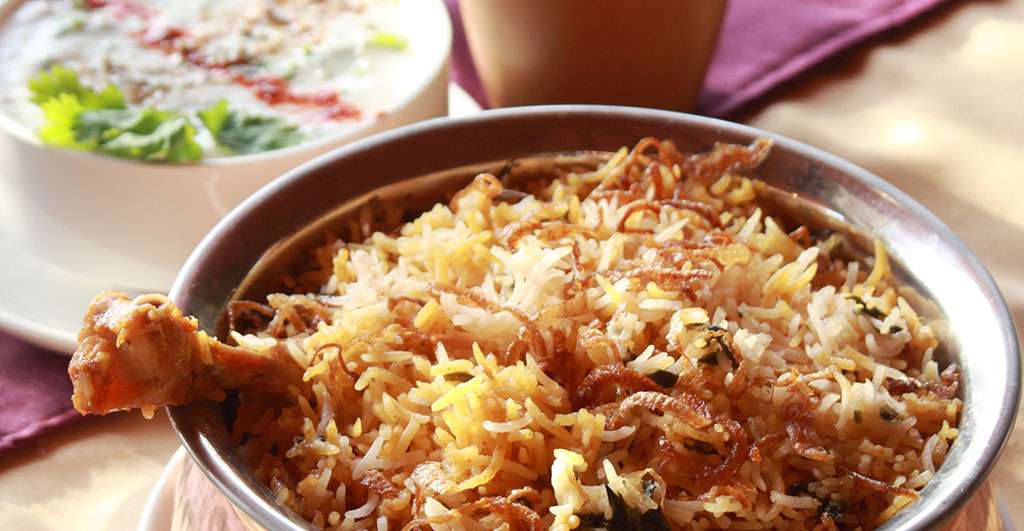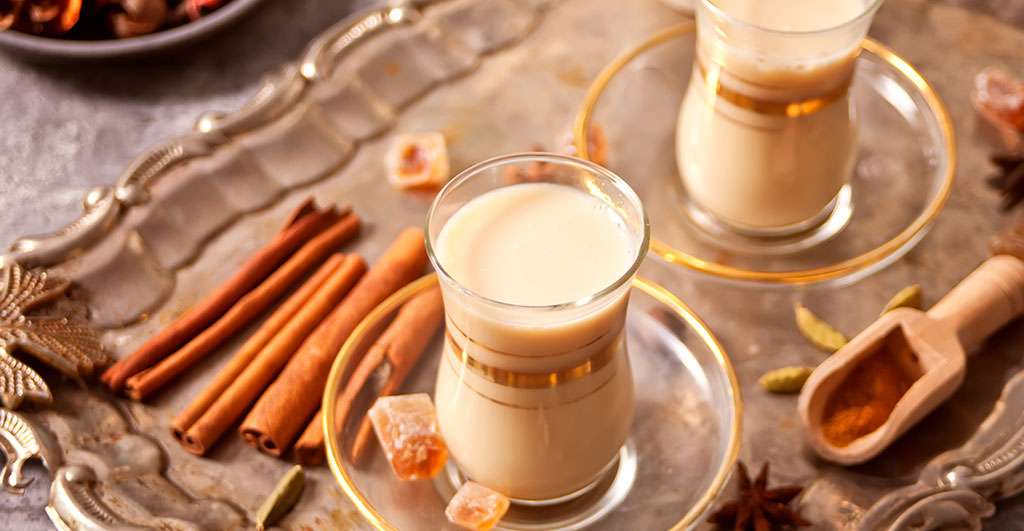Carolina Reaper Chilli Powder- 7g
25 in stock
Product description
Clocking at a massive 2.2 million on the heat Scoville scale, the Carolina Reaper has a sweet, fruity taste. When you first taste the powder of one of these peppers (if you’re brave enough to do so), you’ll taste these flavours before the spiciness. Some people detect hints of cinnamon and even chocolate. When the fruity flavour passes, you’ll start to feel the intense burn that only the Carolina Reaper can deliver. We harvest the Carolina Reaper Chillies at their peak ripeness, dry them to lock in flavour, and carefully grind them into a powder for your use.
Flavour Notes:
With a super-high rating of 2.2 million on the Scoville heat scale, the Carolina Reaper is currently the world’s hottest pepper. The Carolina Reaper is a hybrid pepper that is a cross between the Pakistani Naga pepper and a Red Habanero. Characterised by its small, wrinkled and bumpy appearance with a bright red hue when fully ripe, the Carolina Reaper has a fruity flavour with slow-building heat that becomes very intense and long-lasting. A favourite among die-hard chilli lovers, the Carolina Reaper adds a big punch of heat and flavour to sauces, salsas, stews and curries, but be careful, a little goes a very long way! To avoid irritating your skin, we recommend using gloves when preparing the chillies and always avoid touching your skin and eyes.
Culinary Notes:
With a sweet, fruity flavour, Carolina Reapers are a fantastic addition to Mexican dishes like moles, enchiladas and slow-braised meats, add a real kick to Indian, Sri Lankan and Thai curries or simply added to your every-day meat marinades and sauces. In conjunction with their fruity flavour however, Carolina Reapers pack a real heat punch, currently labelled as our world’s hottest pepper, so use sparingly! To offset their extreme heat and enhance their flavour, try balancing with other flavours like sweet, sour and savoury; for example, try combining with a zesty orange juice and a dash of soy sauce for a unique marinade or mix with honey, lime and a pinch of salt for a flavourful salsa dressing.
Health Benefits:
All chillies, including Carolina Reaper Chillies, contain capsaicin, a compound known to have many health benefits including boosting the immune system, reducing inflammation and invigorating the metabolism to help aid in weight loss. Health benefits of Carolina Reaper also include aiding with arthritis, cardiovascular disease, gastric ulcers, vascular headaches, infections and respiratory conditions like bronchitis and the common cough. As Carolina Reaper Chillies have an extremely high Scoville rating, it’s a good idea to eat in smaller amounts, especially if your stomach is less familiar with chillies, as high levels can cause gut inflammation.
Ingredients and country of origin:
100% dried and ground Carolina Reaper Chillies sourced from America
How to use
Recipe/product links:

The Spice People FAQs


The Spice People FAQs

Other Spices you may like
Featured in



Join the Spice People to Get Started on Your Culinary Spice Journey!
Be the first to hear about our exclusive promotions, new product releases, recipes and more.
